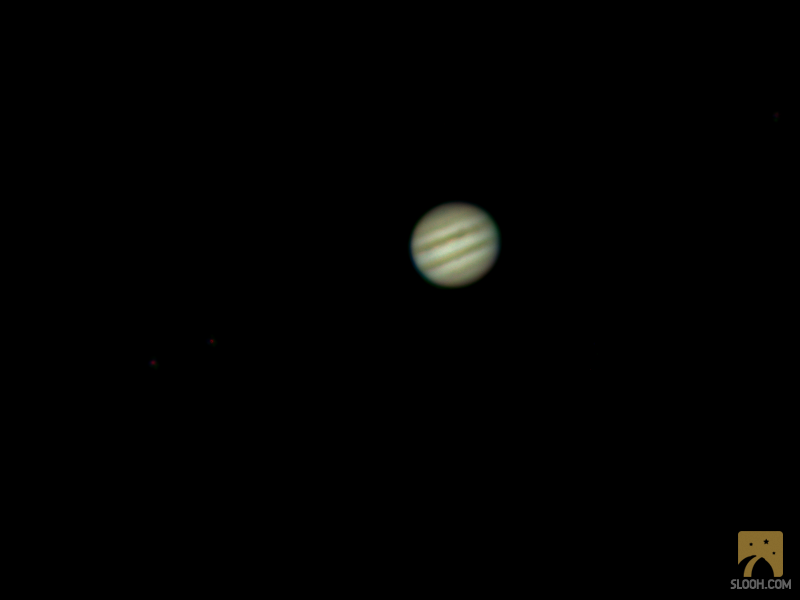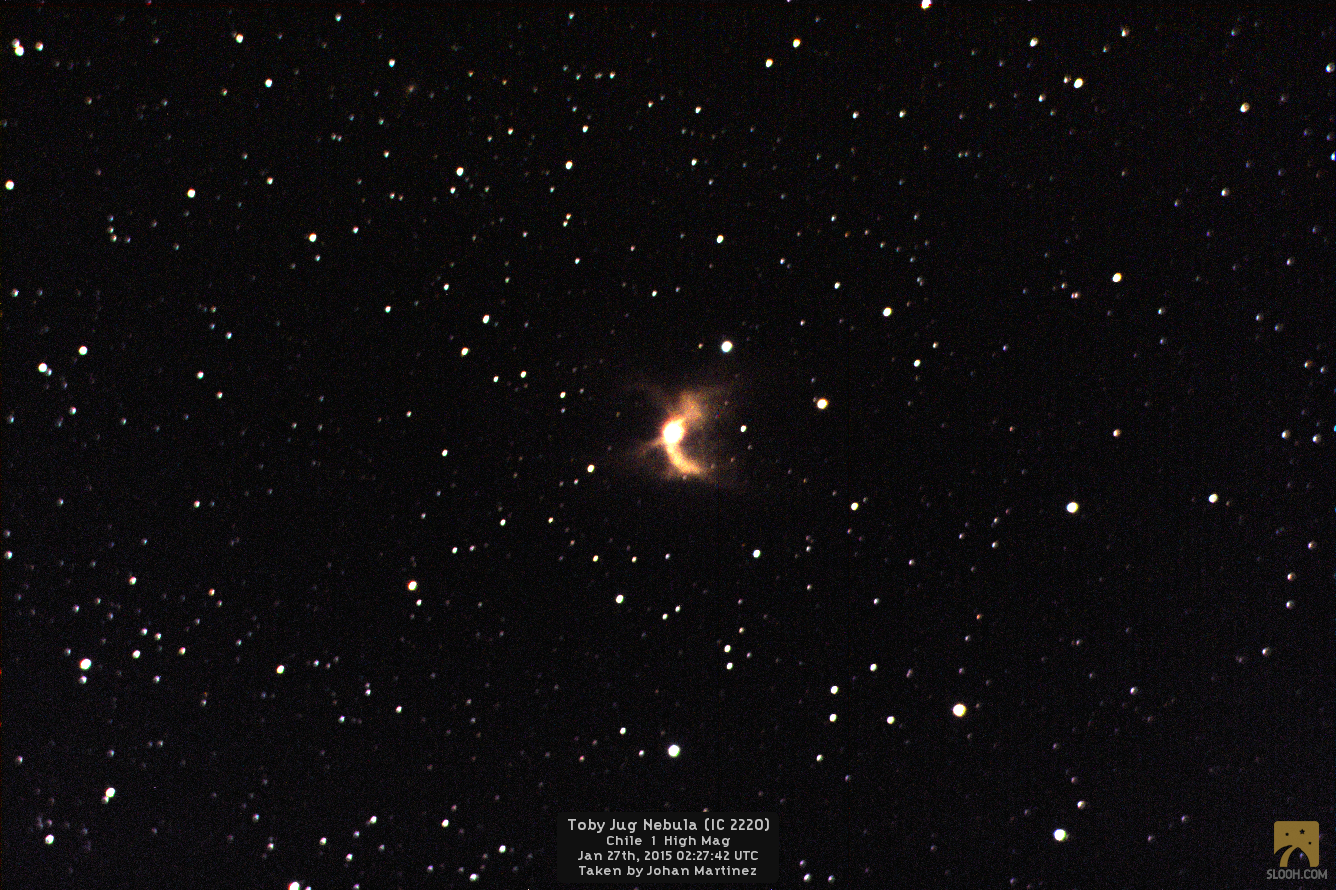

As fascinating things here on earth can be, outer space is simply awe-inspiring. To think that there are billions of galaxies, and within these galaxies billions of stars in each one. It definitely puts things into perspective. We live and are affected by a very miniscule piece of the universe. Which begs the question, why is outer space so vast? And why are there so many stars, which may or may not have planets circling around them, that may or may not be inhabitable by humans? I believe nature is trying to show us that the only limits we have are the ones we impose on ourselves. Plus it makes for great pictures of far-away objects!!!! Just look below.

Jupiter is the fifth planet from the sun in our solar system. It is also the largest planet in our solar system. Jupiter is a gas giant, as it is primarily composed of hydrogen and helium. There is believed to be a rocky core of heavier elements on Jupiter, but that has not been confirmed.
Perhaps the most notable characteristic of Jupiter besides its sheer size, (its mass is two-and-a-half times bigger than all of the rest of the planets in our solar system), is it's giant red spot. This giant red spot is believed to be a storm which has been raging at least since the 17th century when it was first spotted.
While the earth has one natural satellite(our moon), Jupiter has 79 known natural satellites or moons. The largest of them are known as the Galilean moons. They were given this name because of the person who discovered them in 1610, Galileo Galilei. There are four Galilean moons known as Io, Europa, Ganymede, and Calisto.
Jupiter also has a faint planetary ring system. This ring system seems to be made of dust.

The toby jug Nebula is a cloud of dust and gas sorrounding a red giant star. It is located about 1200 light-years from the earth, and is located in the southern constellation known as Carina. The Toby Jug nebula is a reflection nebula. This is in part because of the reflection of light on the gas and dust caused by the giant red star in the middle
The nebula was created by the star, which is losing part of its mass out into the immediate sorrounding space. The dust consists of elements such as carbon and other compounds such as titanium oxide and calcium oxide. The most likely compund reflecting the star's light is silicon dioxide.
The star at its center is a Red giant. Red giants are formed from stars that are ageing and approaching the final stages of their life. The atmosphere of the star expands as the reserves of hydrogen in the star get depleted.

Saturn is the sixth planet from the sun and the second-largest in our solar system, next to Jupiter. Saturn is 95 times more massive than the earth and was named after the Roman god of agriculture.
Wind speeds on Saturn can be very turbulent as they can reach 1100 mph. The planet's most noticeable characteristic is its ring system. Unlike Jupiter's rings which are believed to be composed of dust, Saturn's rings are believed to be composed of ice particles. Saturn's ring system is the largest and most noticeable ring system in our solar system.
At least 62 moons are known to orbit Saturn. 53 of these moons have been officially named. Saturn's largest moon, Titan, is the second-largest moon in the solar system, and is larger than the planet Mercury.